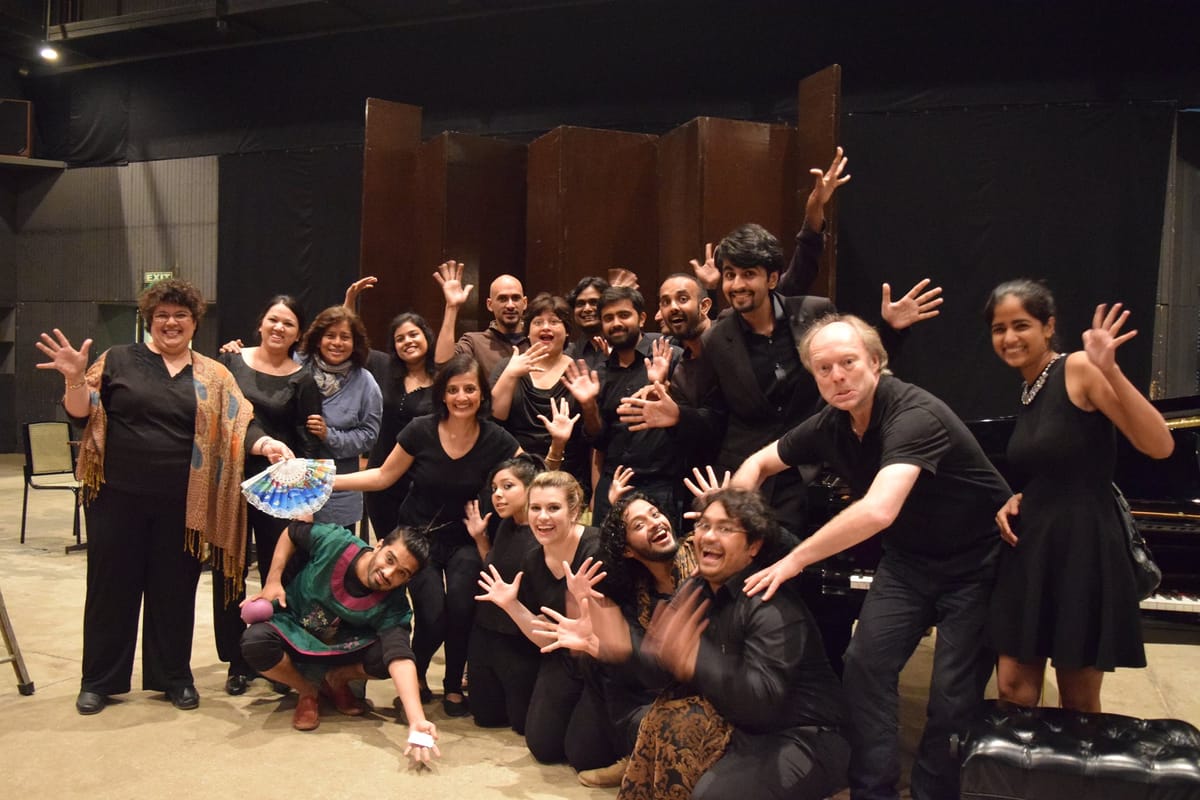The State Of Singing In India – An Interim Report

There is no doubting that interest in Western music is on the rise in India. Judging from the perspective of exam entries alone, there is a desire amongst India’s growing middle classfamilies to educate their children Western music styles.
Teachers of Western music are popping up all over the place, either attached to co-ordinated ventures like Furtados Music School. The Furtados School of Music teaches young children how to play music with the help of computer aids to individual teachers either within or without existing educational establishments.
Reports of pedagogues who are just one Grade ahead of their students are certainly cause for alarm, but are balanced out by the existence of well setup musical centres, existing for a long time in cities with a great music culture, namely,Mumbai, Delhi, Kolkata, Chennai, Goa and Bengaluru
Nevertheless, there is a strong perception that Western music is, in to some degree, not yet a culture or a segment, to reckon with. The stars that are so evident in business, sport, or cinema, are non-existent in the western music scene.This is in stark contrast to China, which boasts a higher level of interest and successes in terms of celebritiy status, not to be found in the sub-continent. Chinese, Korean and Japanese singers are stars in their own right, performingin big opera houses all over the world. On the other hand, Indian singers are termed as successful only when they are stars in strict classical disciplines or Bollywood.
This may seem surprising, given exuberant urban choirs and a seeming national obsession with passing grade music exams akin to an Olympic Sport. India should be replete with budding artists! But all is not what it seems to be– the exam boards are delighted to such an extent with student numbers that they reward them by passing f them without considering their abilities. Hence, many choirs have choirmasters unable to understand the mechanics of the voice or romance languages, who discourage budding soloists as they sing too loudly. This clearlyshows that there is a training gap.
Reasons for relative underachievement in India are complex – maybe residual Raj resistance, is still evident in some states like Maharashtra, which levies extra taxes on Western entertainment.Maybe Indian parents are honourably, if mistakenly, thinking that the stage is no proper place for their progeny. But it boils down to a palpable lack of decent tuition for budding musicians, and where teachers exist, their own musical backgrounds have the feel of Raj Kapoor than SRK. India is out of date!
While all is not necessarily well, all is certainly not lost, with a burgeoning interest in arts among Indian youth that is healthily gobbling up as much tuition as it can, using the latest technology to do so. While the benefits may be questionable, the fact that students will use Skype to gain instruction is a measure of the lack of credible tutors at home. An increasing number of students are taking music courses abroad, and there is movement in the local scene to get decent tuition in place.
Small initiatives like Songbound, which goes into some of the poorest areas using singing as a tool to educate, and Giving Voice Society, which trains Indian students in basic languages, art song and opera before arranging performance opportunities, are part of a genuine attempt to redress the arts deficit. Classical Western singing is offered in both Chennai’s and Bengaluru’s schools of music. The Neemrana Foundation in Delhi has been staging operas for a number of years using Indians for some of the parts. Giving Voice has taken this one step further by producing operas with entire Indian casts and production teams – part of the drive to make opera and Western music not only accessible through creation of role models, but eventually as an acceptable career path. After all, the Indian youth is already thinking that direction.
The future must be bright. As with the other instrumentals disciplines, the singer’s art is being seriously considered by not only those choral singers who want a pain-free way through their late-night rehearsals, but by future vocalists inspired by opera stars they might have caught on YouTube. For them paths to making India a land of aria and song, as well as ghazal and dhrupad are becoming clearer.





